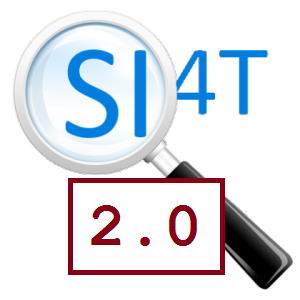By now I assume that everybody has had a little play with the SDL Tridion Reference Implementation, which means the questions are rising for sure. So let me start with spilling some of the guts of the HTML design and how that is build when you publish.
To start off, the HTML design is a responsive HTML5 design built Bootstrap, this means that you can adjust it to your own likings following the Bootstrap methodology. This includes building the HTML design with Node.js and Grunt, but let’s start off simple.
 Released last week – the first step on a path to lower the barriers (time, cost, knowledge, lack of standardization) of implementing SDL Tridion. In this post I aim to give a short introduction, by highlighting what you should and should not expect from the Reference Implementation.
Released last week – the first step on a path to lower the barriers (time, cost, knowledge, lack of standardization) of implementing SDL Tridion. In this post I aim to give a short introduction, by highlighting what you should and should not expect from the Reference Implementation. Its just over a year since Raimond and I launched
Its just over a year since Raimond and I launched 

 People have been asking me for years, to write a SDL Tridion for Dummies book. With the release of SDL Tridion 2013 SP1, our documentation features two new getting started guides (
People have been asking me for years, to write a SDL Tridion for Dummies book. With the release of SDL Tridion 2013 SP1, our documentation features two new getting started guides (